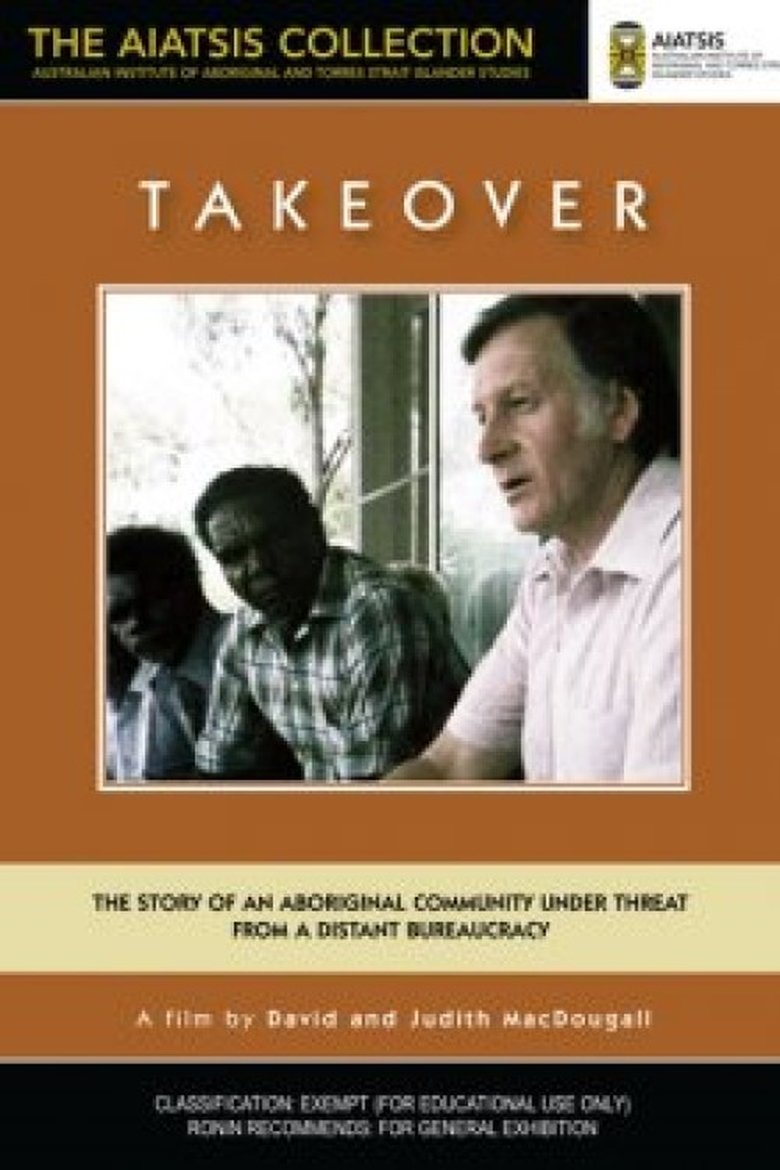
Takeover
1980
1h 31m
About Aborigines and Australian politics. On 13 March 1978 the Queensland Government announced its intention to take over management of the Aurukun Aboriginal Reserve from the Uniting Church. The people of Aurukun complained bitterly, believing that the Church was more sympathetic to their aims and fearing that the State was merely seeking easier access to the rich bauxite deposits on their Reserve. When the Federal Government took the side of the Aborigines the stage was set for national confrontation. Shows the situation at Aurukun during those crucial three weeks.
If current server doesn't work please try other servers beside.
Similar Movies

Women in the Shadows
Filmed on location in Saskatchewan from the Qu'Appelle Valley to Hudson Bay, the documentary traces the filmmaker's quest for her Native foremothers in spite of the reluctance to speak about Native roots on the part of her relatives. The film articulates Métis women's experience with racism in both current and historical context, and examines the forces that pushed them into the shadows.
Rating:
0.0/10
Votes:
0
Year:
1991
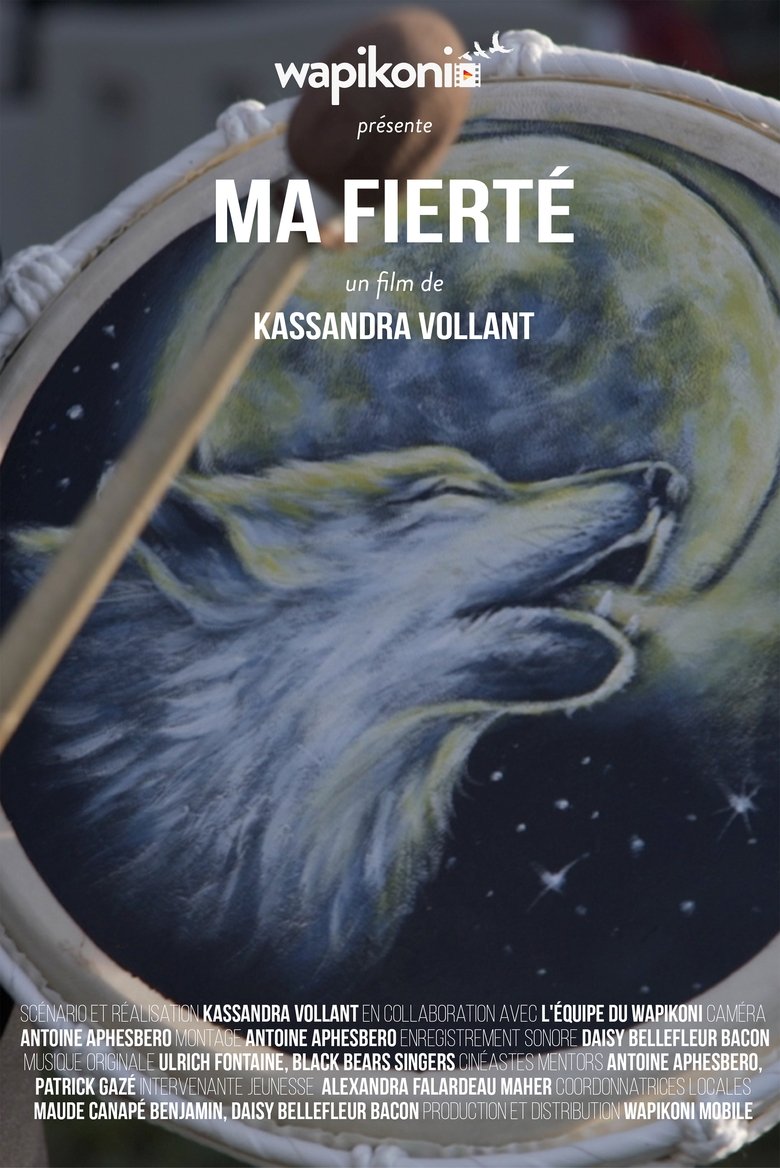
Ma fierté
Spontaneous portrait of an endearing and cheerful teenager living in balance between traditionalism and modernity. She presents her regalia to us and we share her pride in being Innu.
Rating:
0.0/10
Votes:
0
Year:
2020
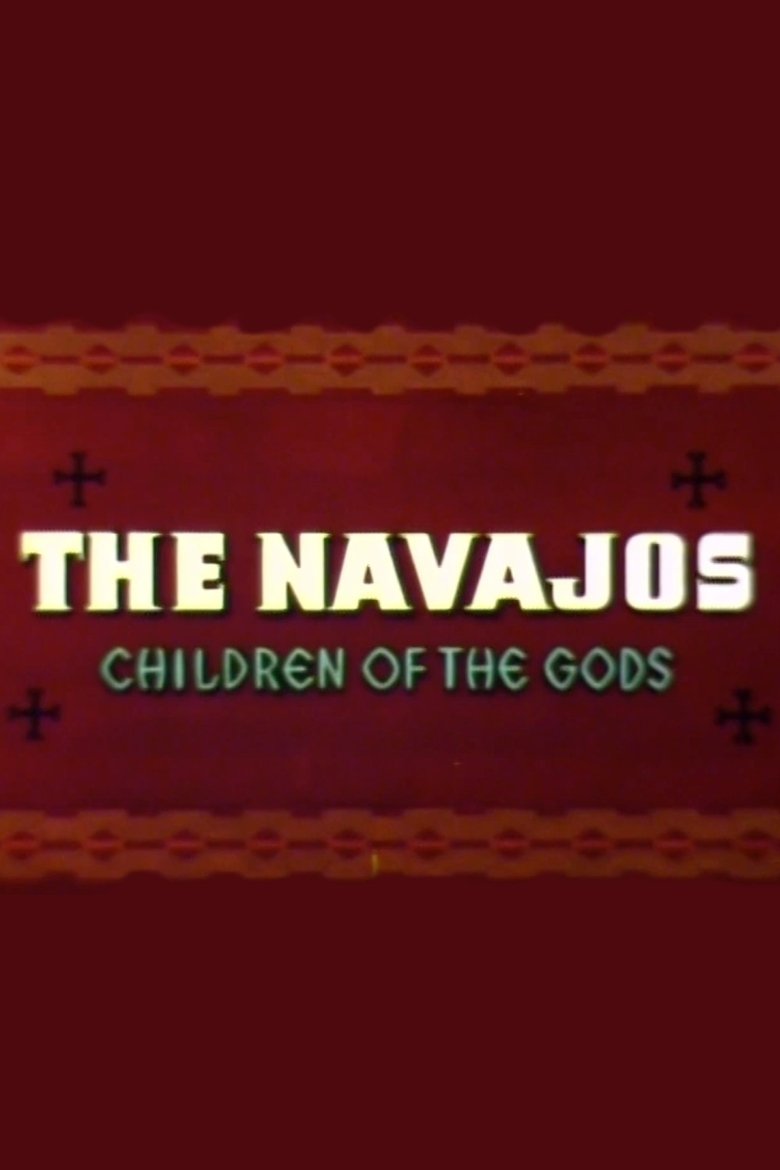
The Navajos: Children of the Gods
The story of the Navajo, at work and play, in the Southwestern United States, and in particular, in scenic Monument Valley. The film focuses on a typical Indian family, its daily life, struggles, and folkways, as every aspect of living is governed by Navajo gods and legends.
Rating:
0.0/10
Votes:
0
Year:
1957
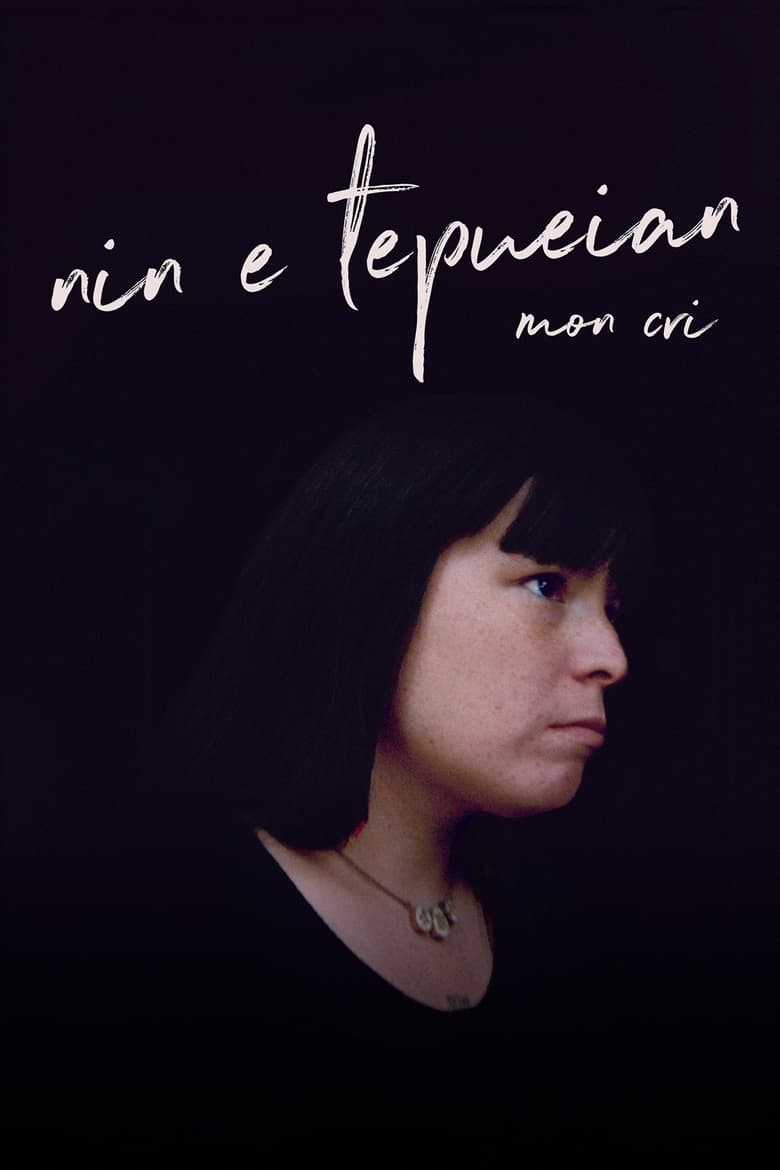
Nin E Tepueian : mon cri
NIN E TEPUEIAN - MY CRY is a documentary tracks the journey of Innu poet, actress and activist, Natasha Kanapé Fontaine, at a pivotal time in her career as a committed artist. Santiago Bertolino's camera follows a young Innu poet over the course of a year. A voice rises, inspiration builds; another star finds its place amongst the constellation of contemporary Indigenous literature. A voice of prominent magnitude illuminates the road towards healing and renewal: Natasha Kanapé Fontaine.
Rating:
7.0/10
Votes:
2
Year:
2020

Taking Alcatraz
A documentary account by award-winning filmmaker John Ferry of the events that led up to the 1969 Native American occupation of Alcatraz Island as told by principal organizer, Adam Fortunate Eagle. The story unfolds through Fortunate Eagle's remembrances, archival newsreel footage and photographs.
Rating:
0.0/10
Votes:
0
Year:
2015
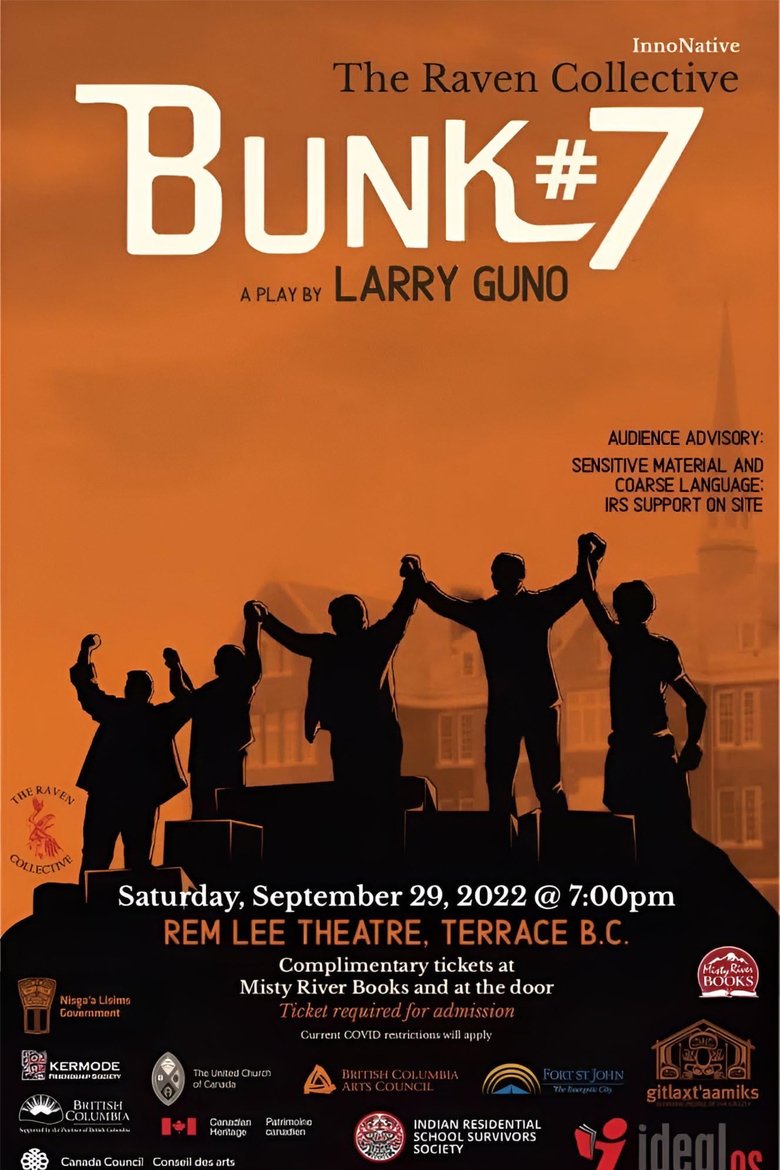
Bunk #7
Documentary about the production of Bunk #7.
Rating:
0.0/10
Votes:
0
Year:
2022

Trick or Treaty?
Legendary Canadian documentarian Alanis Obomsawin digs into the tangled history of Treaty 9 — the infamous 1905 agreement wherein First Nations communities relinquished sovereignty over their traditional territories — to reveal the deceptions and distortions which the document has been subjected to by successive governments seeking to deprive Canada’s First Peoples of their lands.
Rating:
0.0/10
Votes:
0
Year:
2014
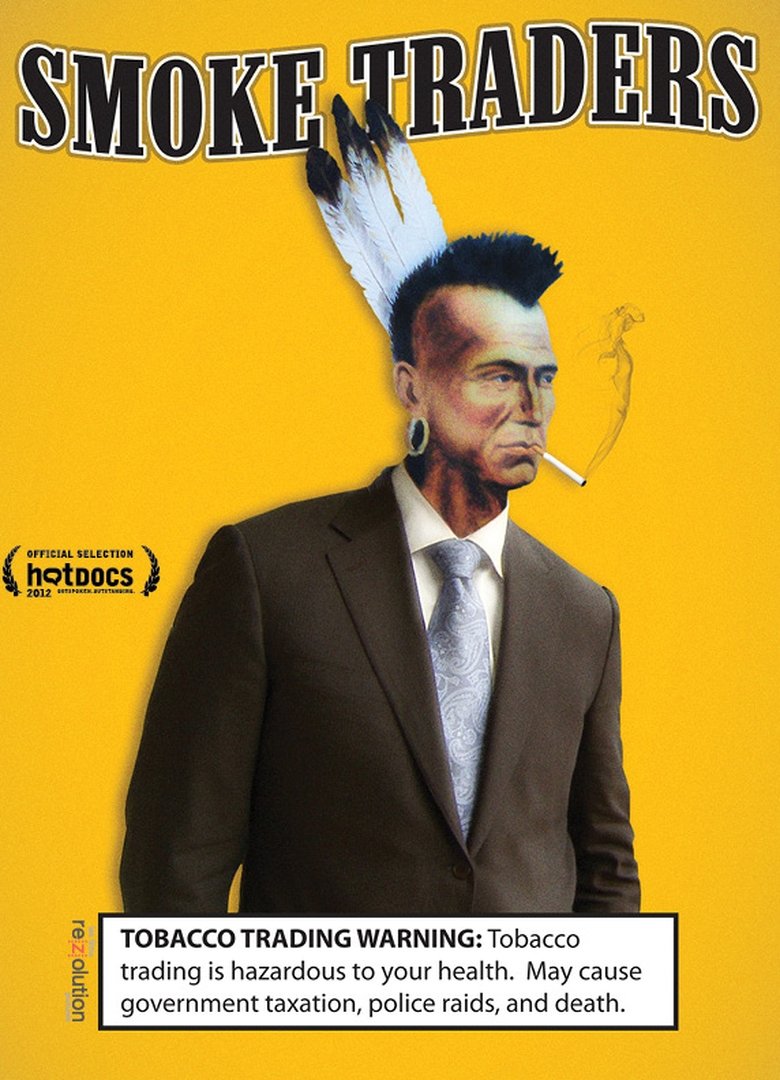
Smoke Traders
Smoke Traders is an inside look at the world of the Mohawk tobacco trade.
Rating:
0.0/10
Votes:
0
Year:
2012

Blown Away
Cyclone Tracy 40 years on, exploring the myths and revealing new perspectives on one of the worst natural disasters in Australia's history.
Rating:
0.0/10
Votes:
0
Year:
2014
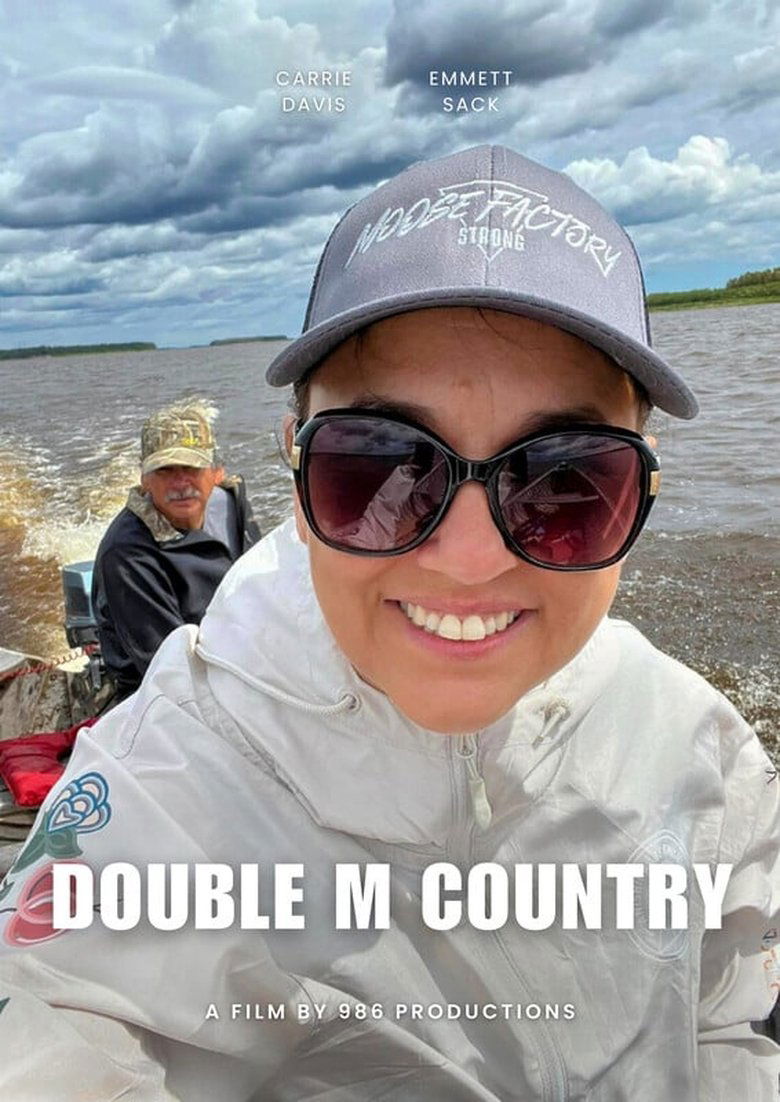
Double M Country
Carrie Davis was part of the child removal system near the end of the Sixties Scoop. With guidance from her uncle Emmett Sack and the community, Carrie reconnects to their land, language, and culture.
Rating:
0.0/10
Votes:
0
Year:
2023
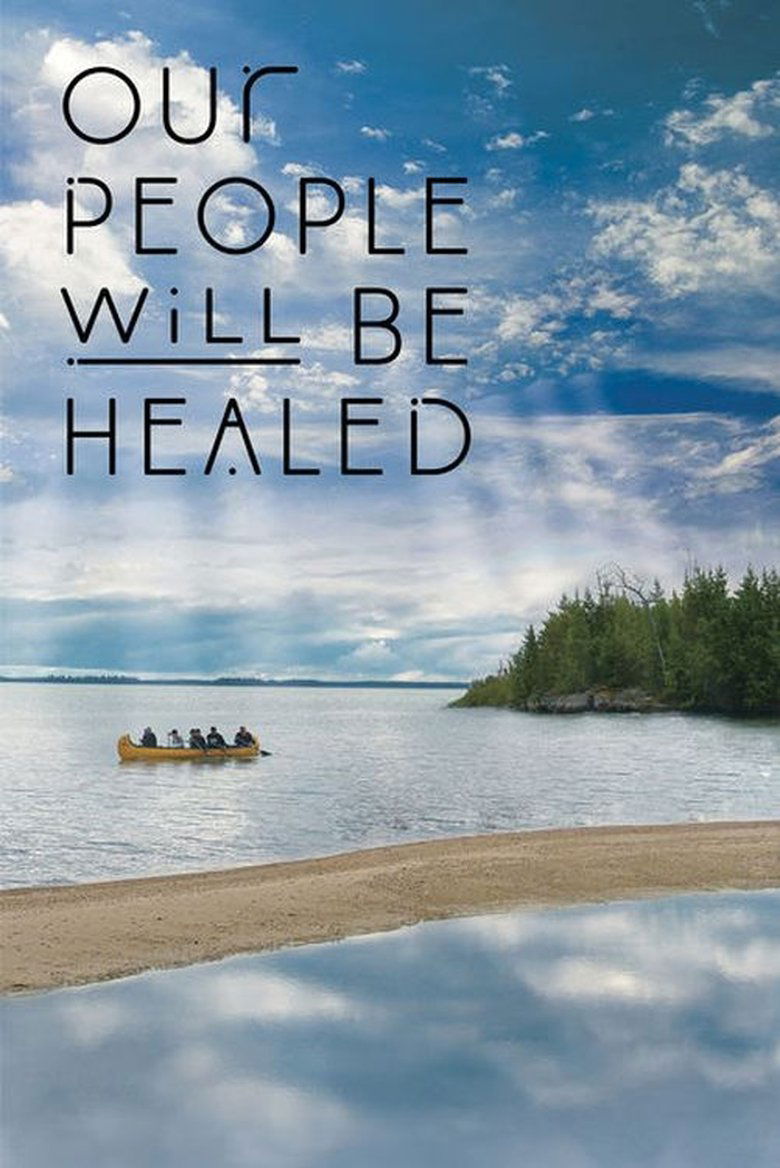
Our People Will Be Healed
Legendary documentary filmmaker Alanis Obomsawin provides a glimpse of what action-driven decolonization looks like in Norway House, one of Manitoba's largest First Nation communities.
Rating:
5.7/10
Votes:
3
Year:
2017

El fin de ETA
The chronicle of the process, ten long years, that led to the end of ETA (Euskadi Ta Askatasuna), a Basque terrorist gang that perpetrated robberies, kidnappings and murders in Spain and the French Basque Country for more than fifty years. Almost 1,000 people died, but others are still alive to tell the story of how the nightmare finally ended.
Rating:
5.9/10
Votes:
11
Year:
2017

Mémoires de la terre
Set against the unforgettable beauty of Haida Gwaii (formerly known as the Queen Charlotte Islands), Memories of Earth takes viewers on a journey guided by traces of the past. The film records the meeting of two artistic worlds: that of the Haida, an indigenous people whose cultural life and mythology bespeak their belief in a tangible link between the real and the imaginary, and that of Frédéric Back, a master of animated film and committed humanist, whose works is an appeal to respect all things created. Through the magic of animation, the documentary casts fresh light on the legends and spirituality of the Haida.
Rating:
0.0/10
Votes:
0
Year:
2002

Our Spirits Don't Speak English
Told from the Native American perspective, this documentary will uncover the dark history of the U.S. government and will give a voice to the countless Indian children forced through the system.
Rating:
0.0/10
Votes:
0
Year:
2008

You Are on Indian Land
The territory of Akwesasne straddles the Canada-U.S. border. When Canadian authorities prohibited the duty-free cross-border passage of personal purchases - a right established by the Jay Treaty of 1794 - Kanien'kéhaka protesters blocked the international bridge between Ontario and New York State.
Rating:
8.5/10
Votes:
2
Year:
1969

Johnny Tootall
Discharged from Bosnian war, Johnny carries the weight of this war on his shoulders. He left the war with a dark and frightening secret, the murder of a young boy that haunts him. But Johnny carries many demons. The death of his father, running from his destiny as Chief of the Band and abandoning the love of his life. Nevertheless, Johnny must return home, the wolf spirit has called. Upon his return, he finds a new war. His estranged brother is leading his people in a revolt to save their sacred land. Johnny faces a dilemma; does he fight to save his people, or does he save himself? His journey will guide him to realizing that they are the same. In a blink, his world changes and in death, his brother guides him on a spirit walk to meet his destiny as leader of his people.
Rating:
0.0/10
Votes:
0
Year:
2005
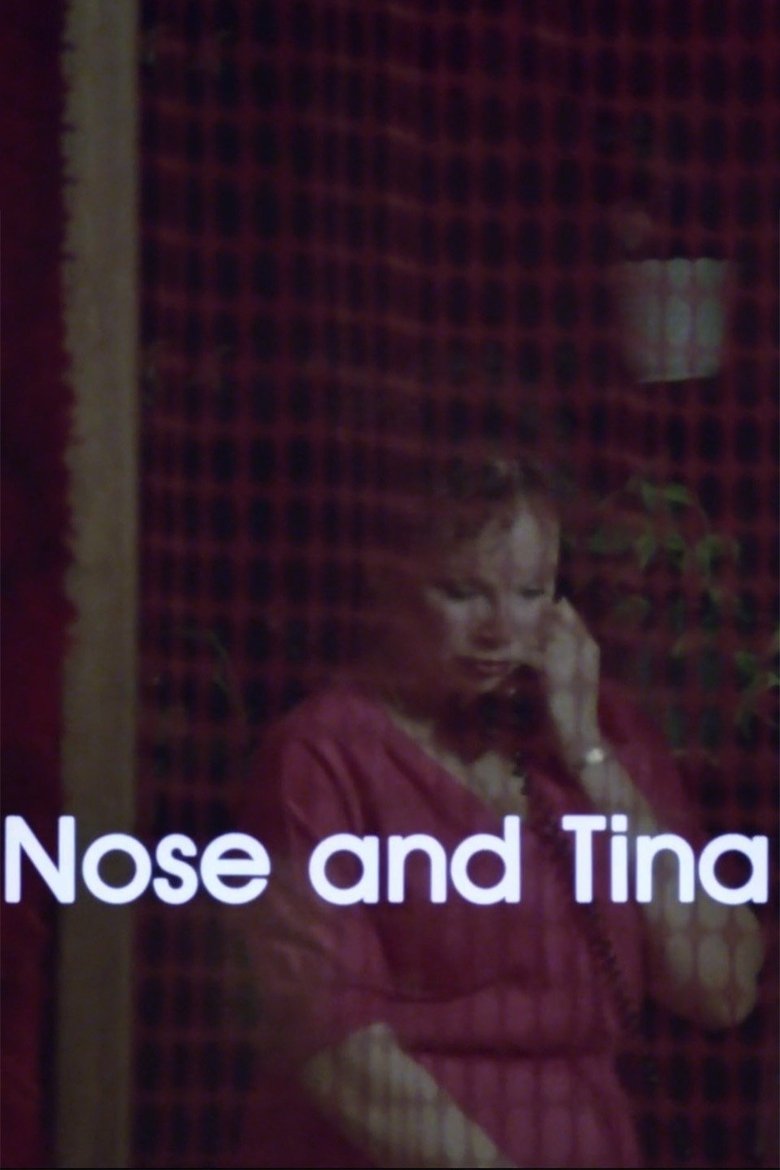
Nose and Tina
Nose and Tina are a couple in love. The film captures the domestic details of their life together and documents their hassles with work, money and the law. The unusual bit: He is employed as a brakeman, and she as a sex worker.
Rating:
0.0/10
Votes:
0
Year:
1980

Kainai
On the Kainai (Blood) First Nations Reserve, near Cardston, Alberta, a hopeful new development in Indigenous enterprise. Once rulers of the western plains, the Bloods live on a 1 300-square-kilometer reserve. Many have lacked gainful employment and now pin their hopes on a pre-fab factory they have built. Will the production line and work and wages fit into their cultural pattern of life? The film shows how it is working and what the owners themselves say about their venture.
Rating:
0.0/10
Votes:
0
Year:
1973

Men Of Capricorn
The way of life for people living along the tropic of Capricorn in Queensland 1965. Farming and mining are the main industries in this area of Australia and the only way to get around is by road train, train or plane. The hard way of life for these people is portrayed in this film.
Rating:
0.0/10
Votes:
0
Year:
1965

For All People, For All Time
Mark and Dan Jury document the gradual demise of a community nestled within the Cuyahoga National Recreation Area between Akron and Cleveland, Ohio, as the National Park Service works to acquire the land of ~500 residents in order to establish a National Park. After initially being told only a handful of houses would be taken, residents are shocked by hundreds of homes and businesses being bought up, boarded up, and posted No Trespassing - and by the homes of the politically connected being spared. Significant portions of this film appeared in the PBS FRONTLINE episode For the Good of All.
Rating:
0.0/10
Votes:
0
Year:
1984
If current server doesn't work please try other servers beside.